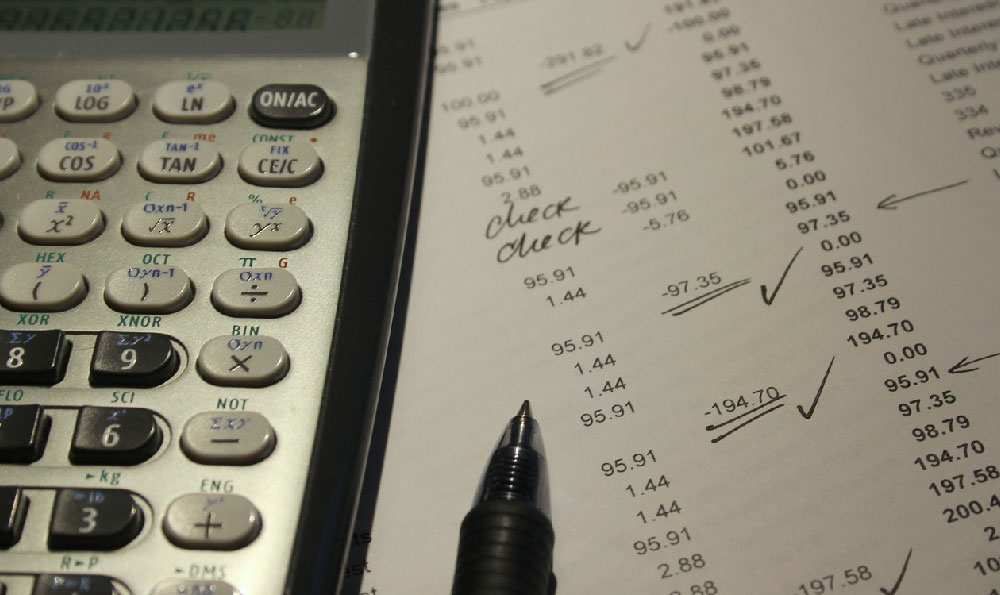Yes, dealerships profit from financing, and the amount can vary significantly. Understanding how dealerships make money through financing is crucial for any car buyer to navigate the process effectively and avoid unnecessary costs. The finance and insurance (F&I) department within a dealership represents a substantial profit center, often rivaling or even exceeding the profit margins from the sale of the vehicles themselves.
The primary way dealerships profit from financing is through the interest rate they offer on auto loans. Dealerships don’t typically directly lend money; instead, they act as intermediaries between the borrower (the car buyer) and various lenders, such as banks, credit unions, and finance companies. Dealerships negotiate with these lenders to secure the lowest possible interest rate for their customers. However, the dealership is often given a "buy rate" by the lender, which is the absolute lowest interest rate the lender is willing to accept. The dealership can then mark up this buy rate, offering the customer a higher interest rate than what the lender requires. This markup, the difference between the buy rate and the rate offered to the customer, becomes the dealer's profit.
The amount of the markup is not fixed and can depend on several factors. These factors include the borrower's credit score, the length of the loan term, the type of vehicle being financed (new vs. used), and the prevailing market interest rates. A borrower with a lower credit score will generally be offered a higher interest rate, creating a larger potential markup for the dealership. Similarly, longer loan terms also typically result in higher overall interest payments, increasing the dealership's potential profit. The competition in the market also plays a role; in areas with many dealerships, the pressure to offer competitive interest rates might reduce the markup.

Furthermore, dealerships profit from selling additional products and services within the financing process. These "add-ons" are often packaged with the loan and can significantly increase the total cost of the financing. Common examples of these add-ons include:
- Extended warranties: These warranties cover repairs beyond the manufacturer's standard warranty period. While they can provide peace of mind, they are often overpriced and may duplicate coverage already offered by the manufacturer or other insurance policies.
- GAP insurance (Guaranteed Asset Protection): GAP insurance covers the difference between the amount owed on the loan and the vehicle's actual cash value in the event of theft or total loss. This can be beneficial, especially for borrowers who put down a small down payment or finance a vehicle for a long term, as the vehicle's value depreciates faster than the loan balance is paid off. However, its necessity depends on individual circumstances.
- Credit life and disability insurance: These policies pay off the loan balance if the borrower dies or becomes disabled. While they can offer protection, they are often expensive and may not be the best option for everyone.
- Paint protection, fabric protection, and other cosmetic enhancements: These products are often marketed as protecting the vehicle's appearance, but their effectiveness can be questionable, and their cost is often inflated.
The profits from these add-ons can be substantial, often exceeding the profits from the interest rate markup itself. Dealerships typically receive a commission on each add-on sold, further incentivizing them to push these products onto customers.
The amount a dealership profits from financing varies greatly. It could range from a few hundred dollars on a small, short-term loan to several thousand dollars on a larger, longer-term loan with multiple add-ons. There's no standard percentage or fixed profit margin. Some reports suggest that the average profit from financing and insurance (F&I) per vehicle sold can be anywhere from \$1,000 to \$2,000 or even higher, depending on the dealership and the specific circumstances of the sale.
To avoid overpaying for financing, car buyers should take several steps:
- Shop around for financing before visiting the dealership: Obtain pre-approval from banks, credit unions, and online lenders. This gives you a benchmark interest rate to compare against the dealership's offer and strengthens your negotiating position.
- Know your credit score: Understanding your credit score allows you to anticipate the interest rates you'll likely be offered and identify any inaccuracies in your credit report.
- Negotiate the price of the vehicle separately from the financing: Focus on negotiating the lowest possible price for the car before discussing financing options. This prevents the dealership from manipulating the financing terms to offset any discounts on the vehicle price.
- Carefully review all financing documents: Before signing any paperwork, thoroughly read and understand all the terms and conditions of the loan, including the interest rate, loan term, total amount financed, and any fees or charges.
- Be wary of add-ons: Carefully consider whether you truly need any of the add-ons offered by the dealership. Research their value and compare prices from other sources. Don't feel pressured to purchase anything you don't want or need.
- Don't be afraid to walk away: If you're not comfortable with the financing terms offered by the dealership, be prepared to walk away from the deal. There are plenty of other dealerships and lenders available.
In conclusion, dealerships do profit from financing, and the amount can be significant. By understanding how dealerships make money through financing and taking steps to protect themselves, car buyers can negotiate better deals and avoid unnecessary costs. Transparency, research, and a willingness to walk away are essential tools in navigating the car financing process.












